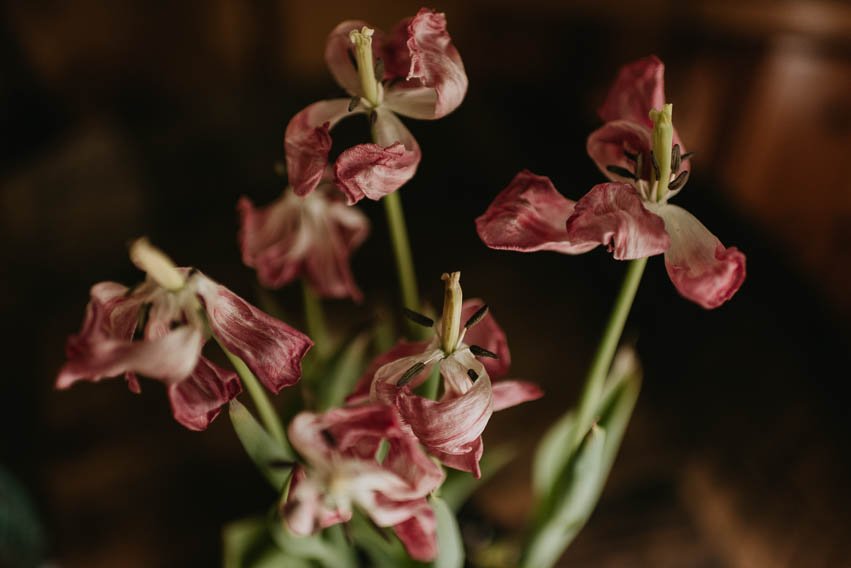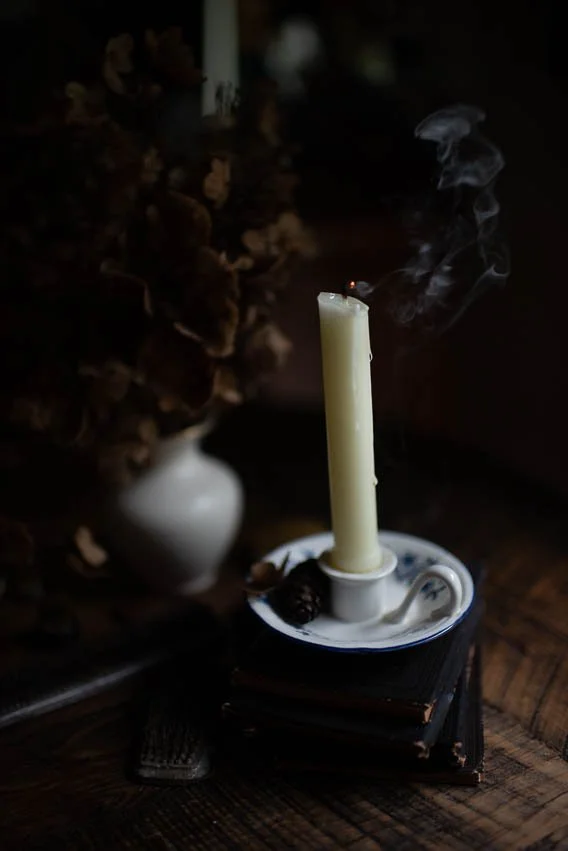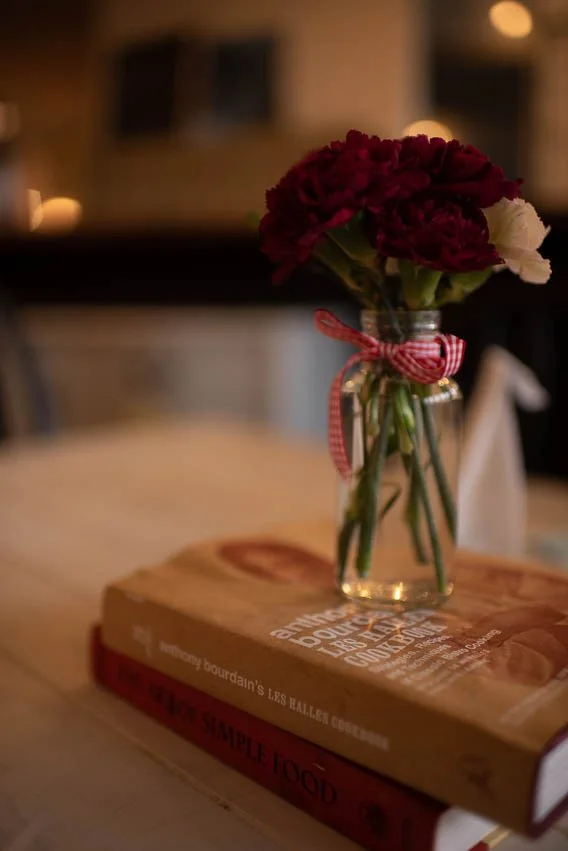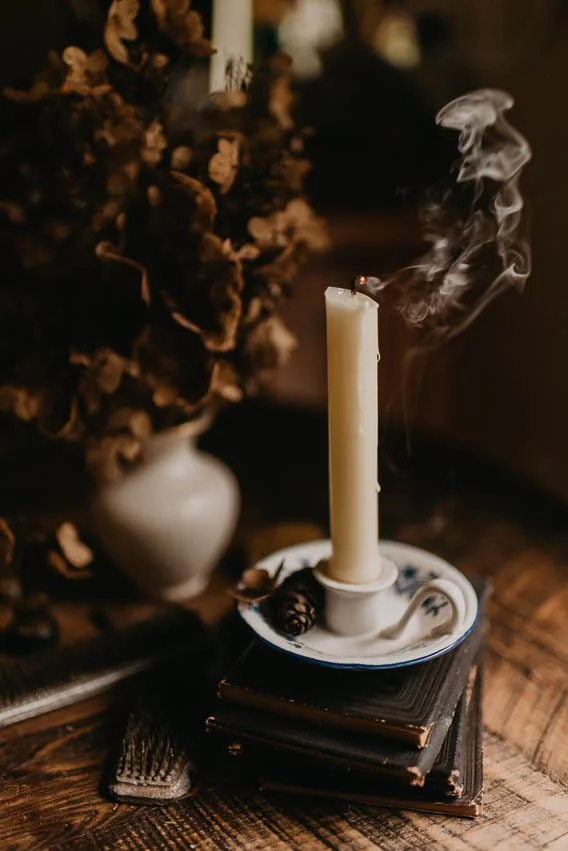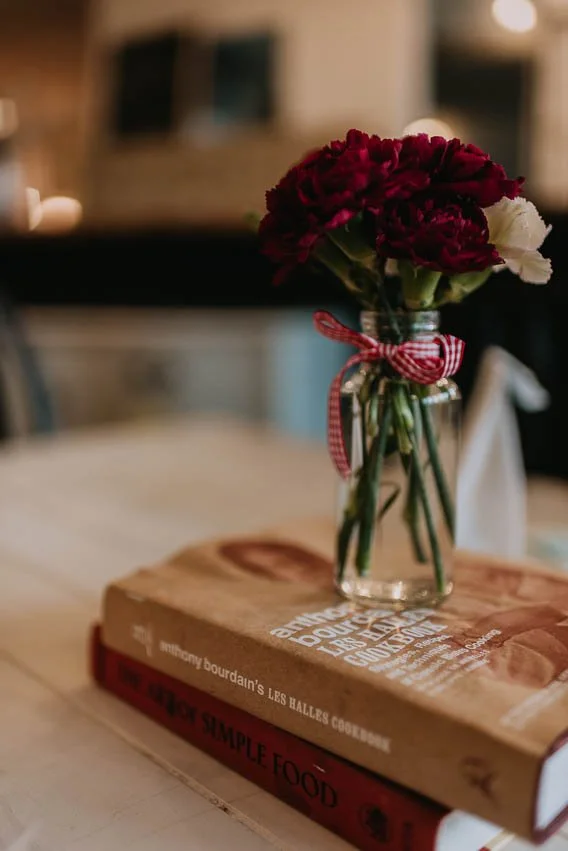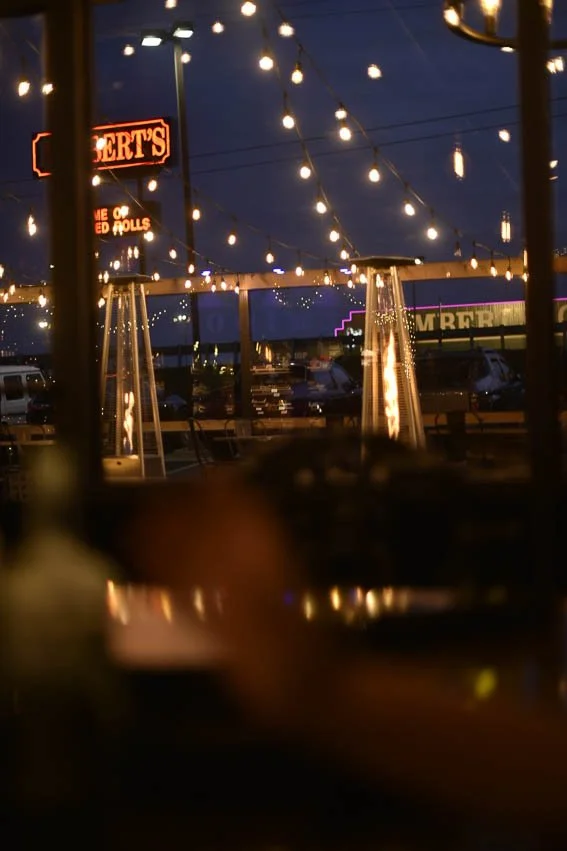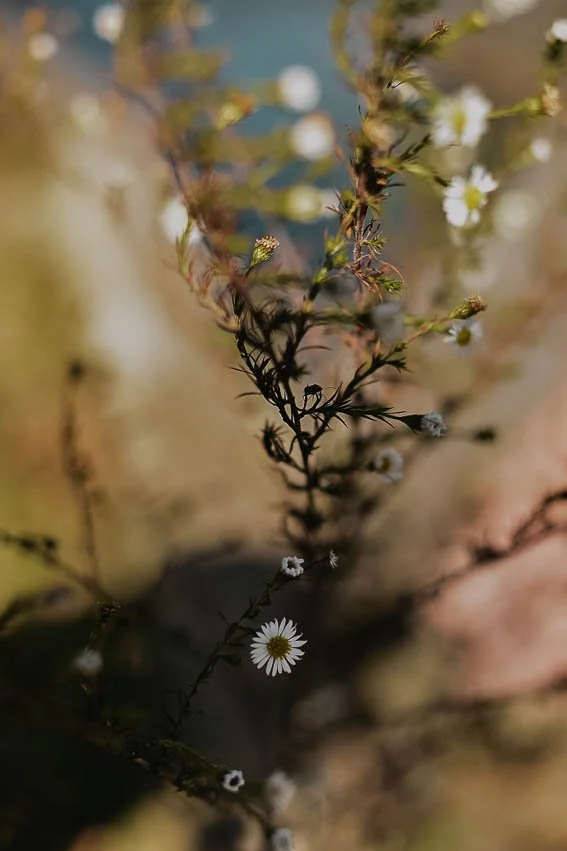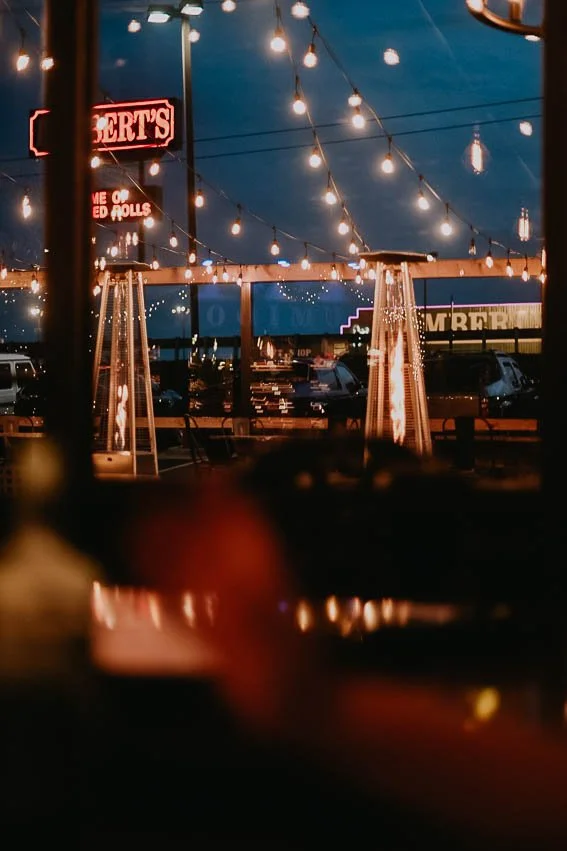Your Photography Style + Editing
BEFORE
AFTER
PHOTO CHALLENGE | Work through any backlog photos you have unedited. Spend time this month catching up and honing your editing skills. Of course, if you have any specific needs, be sure to connect with me and we can work through it.
QUICK LR TIPS | Use the LIGHT slider in TONE CURVES to give a brightening pop to a flat-looking image.
Do you have an unwanted color cast? Lightly adjust the color sliders in the HSL color panel.
I'm no expert on editing. I take a simple approach and edit to my personal satisfaction to get it off my Lightroom and onto my hard drive for back up and sharing. After nearly a decade of working in Lightroom and studying photography, light, and art, I've learned some things. I'll be candid and say that there are a lot of quick fixes out there, but if you don't know what you're looking for, it can be challenging to know what you need to edit better. Most importantly, you should look through the photos that most inspire you (whether your own or from someone else) to determine what look and feel you like best.
I’m not here to define you, and I’m also not encouraging you to define yourself. I’ve been calling myself a photographer for over eleven years and I still can’t say I am a photographer of one thing. I love so many things and I want to capture it all. I also want to be good, so I invest as much time and effort as I can stand, then I run with it. While I don’t want to confine myself to a single niche, it is important to develop a style. You can’t realistically change your shooting style or editing style every time you pick up your camera and create a distinct look in your photography.
We’ve spent so much time honing in your shooting style, how you gravitate toward light, composition preferences, and subjects. All of these things are the true foundation of your photography style and the next, final step is how you process those RAW images to share with the world. That can be a huge, drawn out, complex process, or like me where you find your color palette, preferred tone curve, and make adjustments as necessary, then done.
When you’re looking through photos that inspire you, take note of the light, the mood, and overall feel/composition/subject of each image. What feels most encouraging to you? What stands out to you most? What would you like to learn and emulate or do more of in your own work? What patterns are you noticing?
This study in itself is what will guide your editing and give you clarity. It’s also helpful to step away from your computer after a block of editing and come back with a fresh perspective. White balance and color grading can easily get off because you’ve simply been looking at the screen too long.

